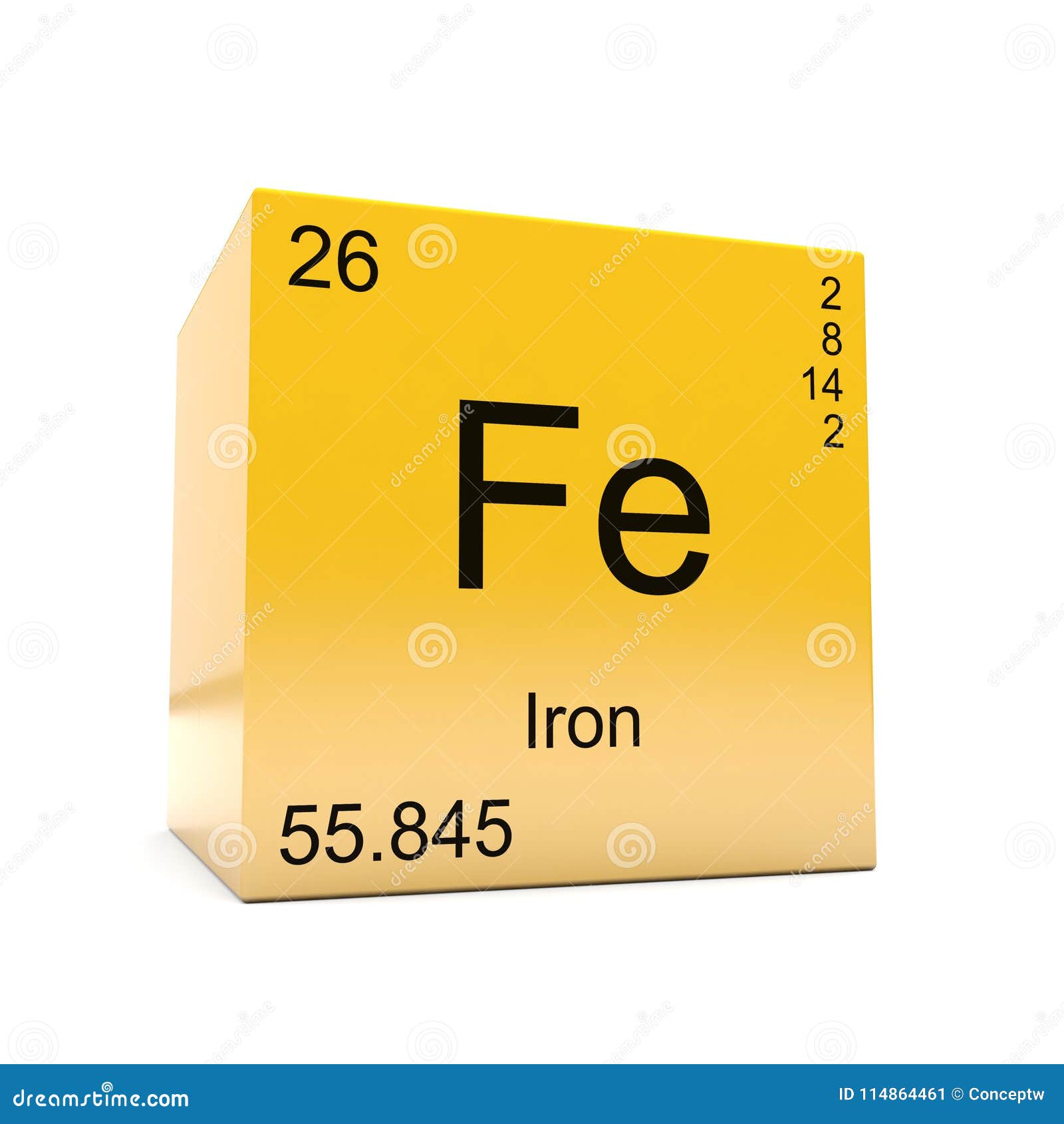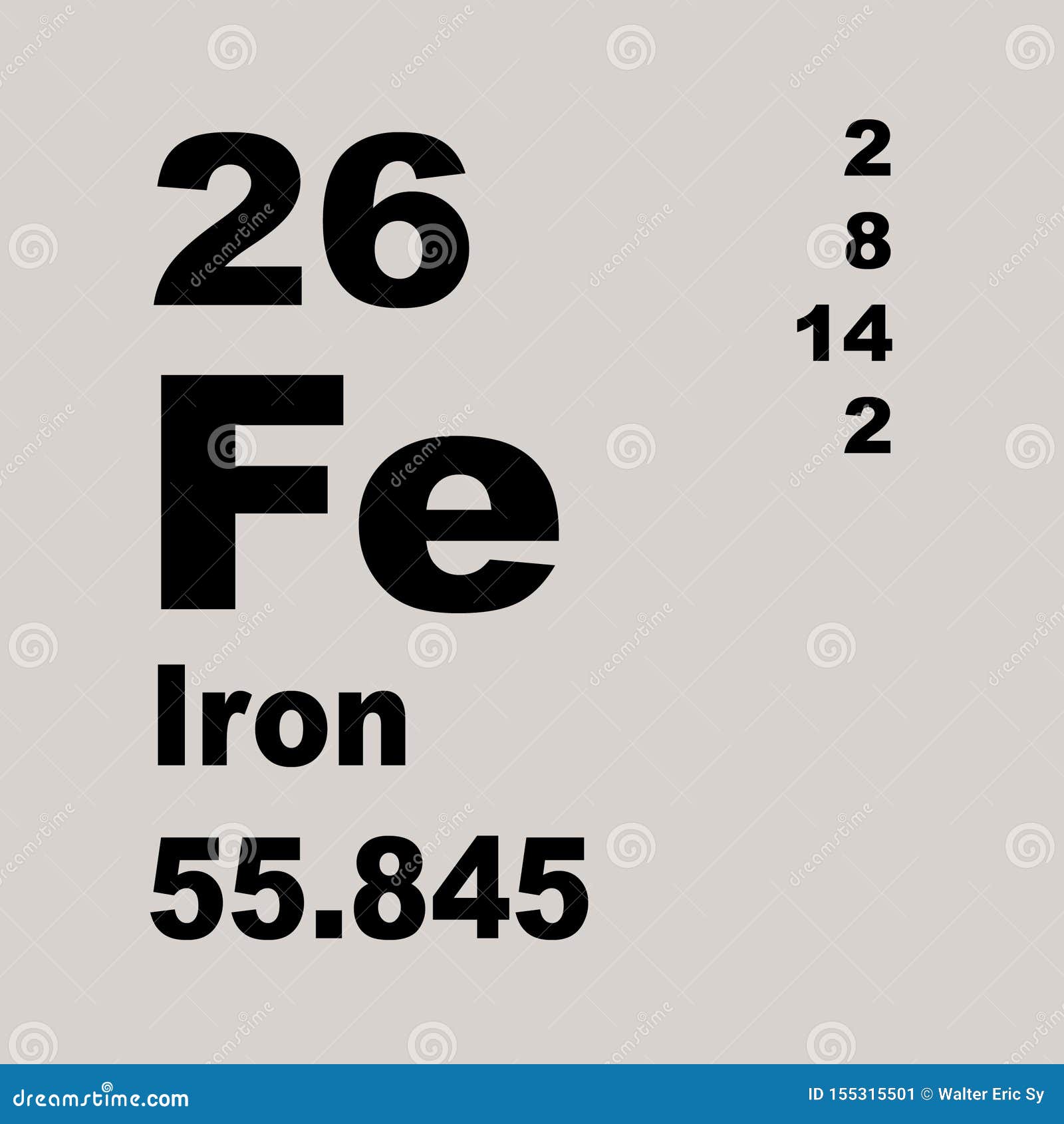

Iron is necessary for the growth of phytoplankton - tiny marine bacteria that use carbon dioxide from the atmosphere to fuel photosynthesis.In 2007, researchers discovered a huge plume of iron-rich water emanating from hydrothermal vents in the southern Atlantic Ocean.Pure iron is actually soft and malleable, according to the University of Denver.The blood looks red because of the way in which the chemical bonds between the two elements reflect light. Blood is red because of the interaction between iron and oxygen, according to the University of California, Santa Barbara.People absorb up to 30 percent of heme iron, compared with 2 to 10 percent of non-heme iron, the ARC reports, adding that foods rich in vitamin C such as tomatoes or citrus fruits can help absorb people absorb non-heme iron. Heme iron - which is the more readily absorbed type of iron - is found in meat, fish and poultry, whereas non-heme iron - which is also absorbed but to a lesser extent than heme iron - is found in both plant foods (such as spinach, kale and broccoli) and meat, according to the American Red Cross.

There are two types of dietary iron: heme iron and non-heme iron. Women who have iron deficiency while pregnant are at an increased risk of having small and early babies, the CDC warns. It can also impair memory and other mental function in teens, according to the Centers for Disease Control and Prevention. Iron deficiency, the most common nutritional deficiency, can cause anemia and fatigue that affects the ability to perform physical work in adults. Iron is an important nutrient in our diet. For instance, nickel increases its durability and makes it more resistant to heat and acids manganese makes it more durable, whereas tungsten helps it maintain hardness at high temperatures, according to Jefferson Lab. The addition of other elements can provide steel with other useful qualities. It is used in kitchen cutlery, appliances and cookware such as stainless steel pans and skillets. Stainless steel, which contains at least 10.5 percent chromium, is highly resistant to corrosion. Most of it is used to make steel - an alloy of iron and carbon - which is in turn used in manufacturing and civil engineering, for instance, to make reinforced concrete. Ninety percent of all metal that is refined these days is iron, according to the Royal Society of Chemistry. In animals, it is a component of hemoglobin - a protein in blood that carries oxygen from the lungs to the tissues in the body. In plants, it plays a role in the production of chlorophyll. Iron is crucial to the survival of living organisms, according to Jefferson Lab. Besides being commonly found on Earth, it is abundant in the sun and stars, according to the Los Alamos National Laboratory. Iron is also the fourth most common element in Earth's crust by weight and much of Earth's core is thought to be composed of iron. The most abundant of all metals, its pure form rapidly corrodes from exposure to moist air and high temperatures. Iron is a brittle, hard substance, classified as a metal in Group 8 on the Periodic Table of the Elements.


 0 kommentar(er)
0 kommentar(er)
